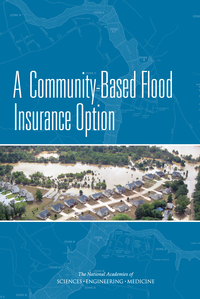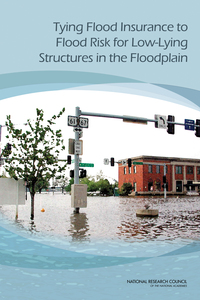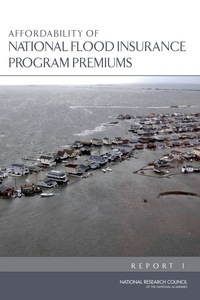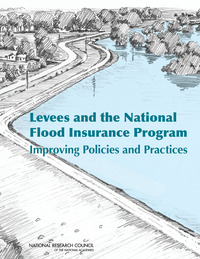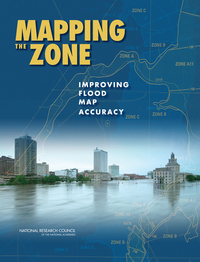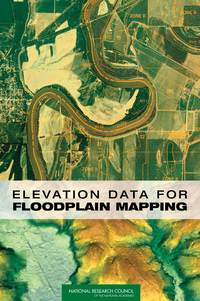
Flooding causes significant loss of life, incurs tens of billions of dollars in property damage, adversely affects millions of people, and delivers a heavy toll on the economic well-being of both small communities and major metropolitan areas. The costs and impacts of flooding are growing more severe as development and population growth continue and as sea level rises and heavy precipitation events become more frequent due to climate change. Our publications explore the causes and consequences of heavy precipitation events and ways that we can prepare for and respond to these emergencies.

Framing the Challenge of Urban Flooding in the United States
Flooding is the natural hazard with the greatest economic and social impact in the United States, and these impacts are becoming more severe over time. Catastrophic flooding from recent hurricanes, including Superstorm Sandy in New York (2012) and Hurricane Harvey in Houston (2017), caused billions of dollars in property damage, adversely …[more]

Local communities are already experiencing dire effects caused by climate change that are expected to increase in frequency, intensity, duration, and type. Public concern about climate-related challenges is increasing, available information and resources on climate risks are expanding, and cities across the country and the globe are developing …[more]

Pathways to Urban Sustainability: Challenges and Opportunities for the United States
Cities have experienced an unprecedented rate of growth in the last decade. More than half the world’s population lives in urban areas, with the U.S. percentage at 80 percent. Cities have captured more than 80 percent of the globe’s economic activity and offered social mobility and economic prosperity to millions by clustering creative, …[more]

Practices for Integrated Flood Prediction and Response Systems
State departments of transportation (DOTs) and other state and local agencies have implemented integrated flood warning and response systems to mitigate the effects of floods. These systems are critical for staging personnel, deciding when to close roads, inspecting bridges, tracking floods throughout the state, and planning …[more]

Improving the Resilience of Transit Systems Threatened by Natural Disasters, Volume 1: A Guide
TRB’s Transit Cooperative Research Program (TCRP) Web Only Document 70: Improving the Resilience of Transit Systems Threatened by Natural Disasters, Volume 1: A Guide offers practices for transit systems of all sizes to absorb the impacts of disaster, recover quickly, and return rapidly to providing the services that customers rely on to meet …[more]

Emergency Alert and Warning Systems: Current Knowledge and Future Research Directions
Following a series of natural disasters, including Hurricane Katrina, that revealed shortcomings in the nation’s ability to effectively alert populations at risk, Congress passed the Warning, Alert, and Response Network (WARN) Act in 2006. Today, new technologies such as smart phones and social media platforms offer new ways to communicate …[more]

TRB’s Transit Cooperative Research Program (TCRP) Web Only Document 70: Improving the Resilience of Transit Systems Threatened by Natural Disasters, Volume 2: Research Overview summarizes elements of the research effort that offers practices for transit systems of all sizes to absorb the impacts of disaster, recover quickly, and return rapidly …[more]

TRB’s Transit Cooperative Research Program (TCRP) Web Only Document 70: Improving the Resilience of Transit Systems Threatened by Natural Disasters, Volume 3: Literature Review and Case Studies includes appendicies that outline the literature reviewed and 17 case studies that explore how transit agencies absorb the impacts of disaster, recover …[more]

Tying Flood Insurance to Flood Risk for Low-Lying Structures in the Floodplain
Floods take a heavy toll on society, costing lives, damaging buildings and property, disrupting livelihoods, and sometimes necessitating federal disaster relief, which has risen to record levels in recent years. The National Flood Insurance Program (NFIP) was created in 1968 to reduce the flood risk to individuals and their reliance on federal …[more]

In the devastation that follows a major disaster, there is a need for multiple sectors to unite and devote new resources to support the rebuilding of infrastructure, the provision of health and social services, the restoration of care delivery systems, and other critical recovery needs. In some cases, billions of dollars from public, private …[more]

Urban Meteorology: Forecasting, Monitoring, and Meeting Users’ Needs
According to the United Nations, three out of five people will be living in cities worldwide by the year 2030. The United States continues to experience urbanization with its vast urban corridors on the east and west coasts. Although urban weather is driven by large synoptic and meso-scale features, weather events unique to the urban …[more]

Urban Stormwater Management in the United States
The rapid conversion of land to urban and suburban areas has profoundly altered how water flows during and following storm events, putting higher volumes of water and more pollutants into the nation’s rivers, lakes, and estuaries. These changes have degraded water quality and habitat in virtually every urban stream system. The Clean Water Act …[more]

When Weather Matters: Science and Services to Meet Critical Societal Needs
The past 15 years have seen marked progress in observing, understanding, and predicting weather. At the same time, the United States has failed to match or surpass progress in operational numerical weather prediction achieved by other nations and failed to realize its prediction potential; as a result, the nation is not mitigating weather …[more]

The nation’s network of more than 130 Next Generation Radars (NEXRADs) is used to detect wind and precipitation to help National Weather Service forecasters monitor and predict flash floods and other storms. This book assesses the performance of the Sulphur Mountain NEXRAD in Southern California, which has been scrutinized for its ability to …[more]
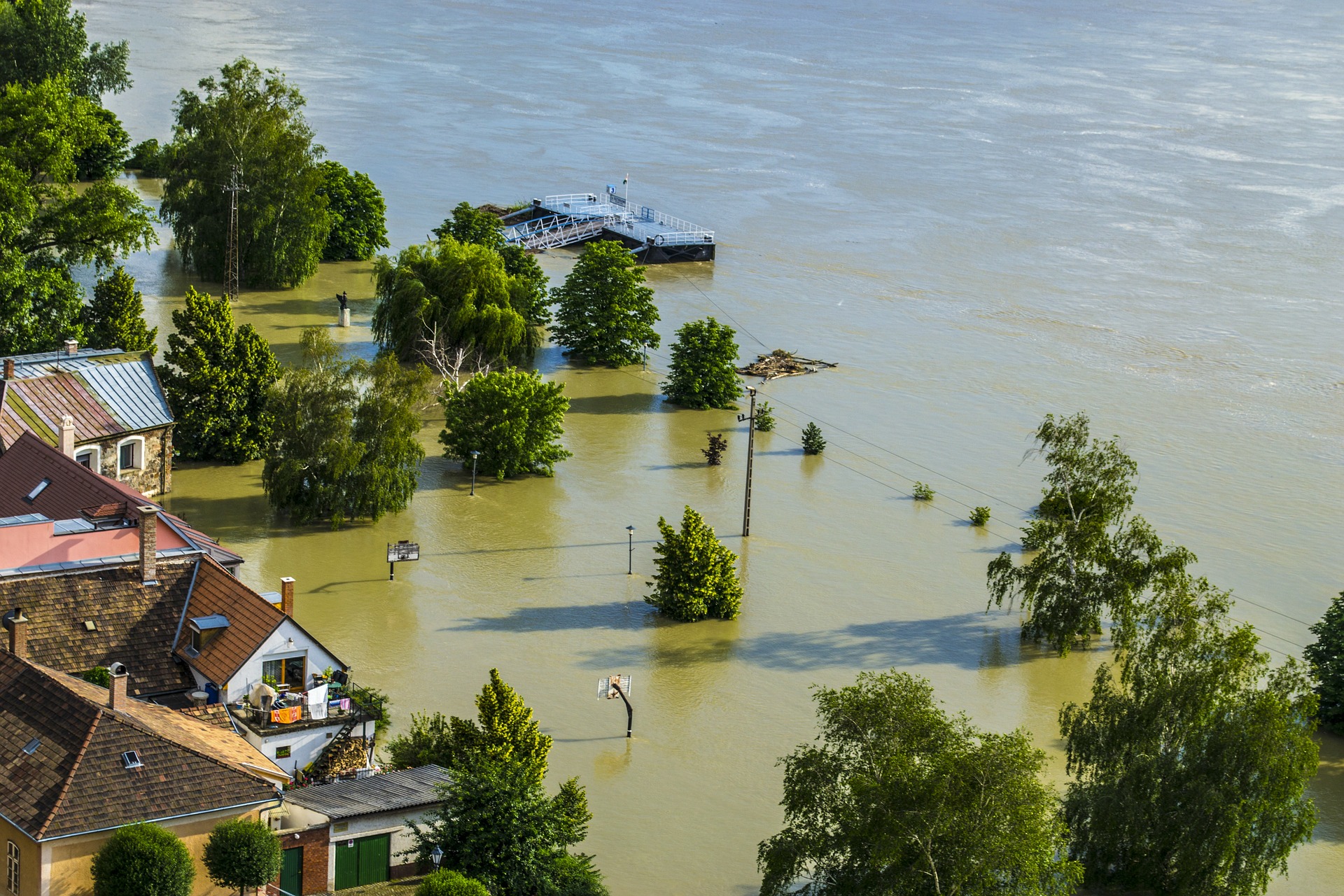








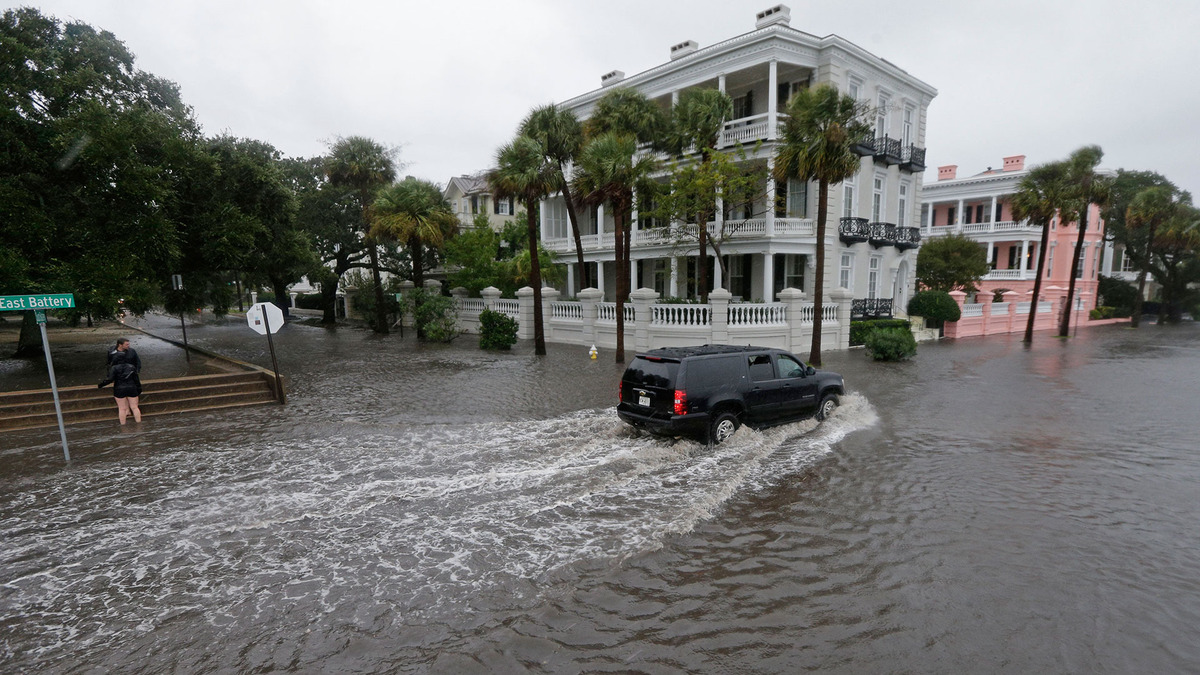
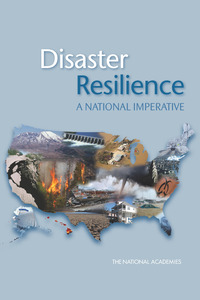
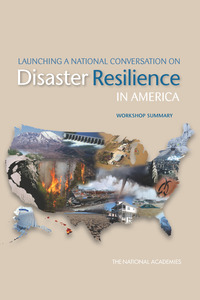
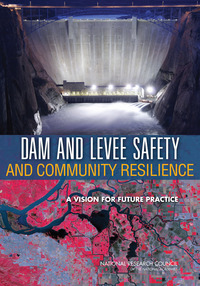
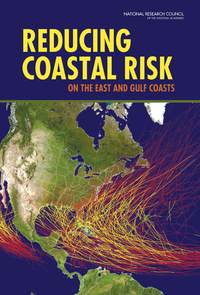
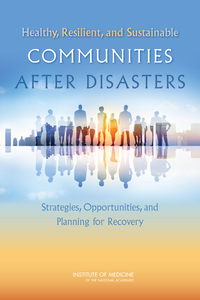
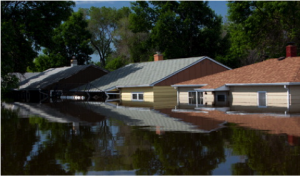 According to FEMA, floods are the most common and costly natural disaster in the United States. Property owners who live in communities that participate in the National Flood Insurance Program (NFIP) can purchase affordable protection to protect against loss. The NFIP is a cornerstone in the U.S. strategy to assist communities to prepare for, mitigate against, and recover from flood disasters. At the request of Congress, several recent reports have examined the current state of the program and options to improve it. These books and others on floods and disaster resilience are all free to download.
According to FEMA, floods are the most common and costly natural disaster in the United States. Property owners who live in communities that participate in the National Flood Insurance Program (NFIP) can purchase affordable protection to protect against loss. The NFIP is a cornerstone in the U.S. strategy to assist communities to prepare for, mitigate against, and recover from flood disasters. At the request of Congress, several recent reports have examined the current state of the program and options to improve it. These books and others on floods and disaster resilience are all free to download. 